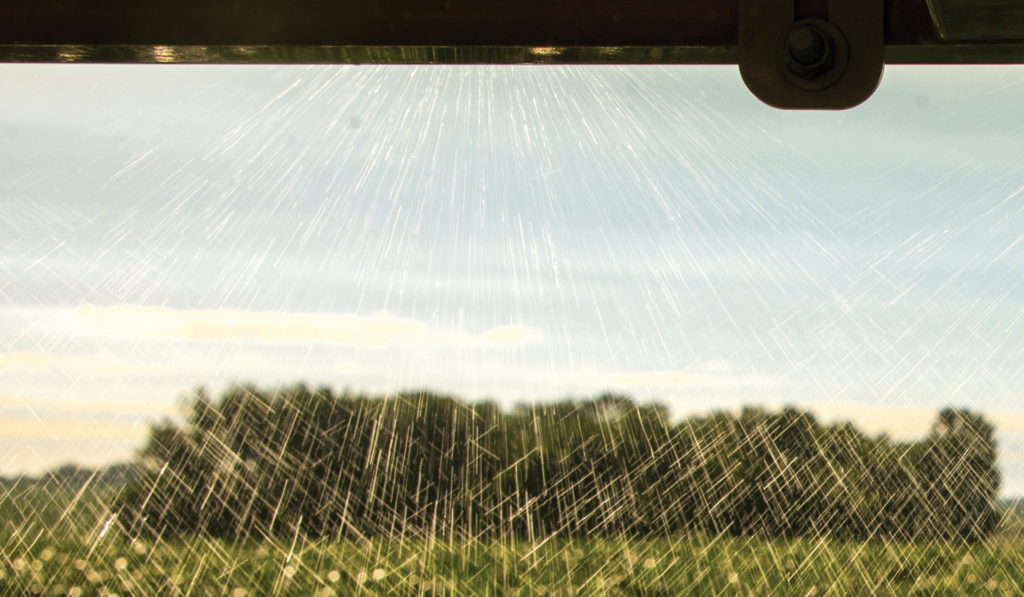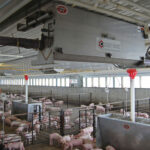Get Ready To Spray
Know the equipment, the products to use and your field conditions before heading out to spray.

Get Ready To Spray
Know the equipment, the products to use and your field conditions before heading out to spray.There are multiple new crop protection formulations and combinations on the market this year that make following the label, knowing your field conditions and prepping your spray equipment even more important.
“There is not a simple, one-size-fits-all formula,” says Mark Mohr, tactical marketing manager for AGCO. “Follow general guidelines, but certainly do whatever the label says for a particular product.”
Here are five issues to consider when getting ready to spray:
- Nozzles
Some products require the use of a specific brand and type of spray nozzle. For instance, when using XtendiMax® with VaporGrip® Technology herbicide on dicamba-resistant soybeans this year, “The label tells us the right nozzle to use at the right pressure to get the right droplet size—big enough to stay on the target area and deposit on the intended plants,” says Mohr.
- Machine Speed
The speed of your sprayer can alter the effectiveness of your product and potentially contribute to drift. Mark Hanna, an Iowa State University Extension ag engineer, says that when running a self-propelled sprayer at 15 mph or greater, “edges of the fan-shaped spray pattern get distorted. The controller will also increase pressure in the boom, and that can give you smaller droplet sizes.”
- Wind Speed
It is possible for safe spraying to occur under some circumstances when wind speeds are above 10 mph, but the liability risk of drift would caution against this, according to AGCO’s Mohr. “Any wind speed specified on the label must be followed,” Mohr says. However, some labels don’t specify a wind speed; they merely offer the admonition to “avoid drift.” That type of label requires the applicator to “understand how to manage drift and understand the consequences under state law, label enforcement actions and liability,” he says.
- Boom Height
The drift issue in general is causing people to think more about things like boom height management, according to Mohr. Automated boom height systems with ultrasonic sensors keep the boom at a consistent height above the canopy “to help prevent boom height from becoming too low and causing skips, or too high and exposing the spray to drift.”
- Clean-out
After a job, “every square inch of plumbing is cleaned out, and multiple times,” says Mohr. Cleaning should include not only the spray booms and tanks, but also bypass lines and sprayer screens, using water and cleaning agent.
Hanna urges producers to make sure they clean the top of the inside of the tank, which can be overlooked. Additionally, “use of a turret complicates sanitation and clean-out, as nozzles and screens should all be removed and cleaned separately during flush and cleaning cycles,” says Hanna.
More details on each issue are covered in the full article from the Spring Issue of Performance Agronomy from AGCO at http://agcocropcare.com/get-ready-to-spray/.
Written by: Des Keller



